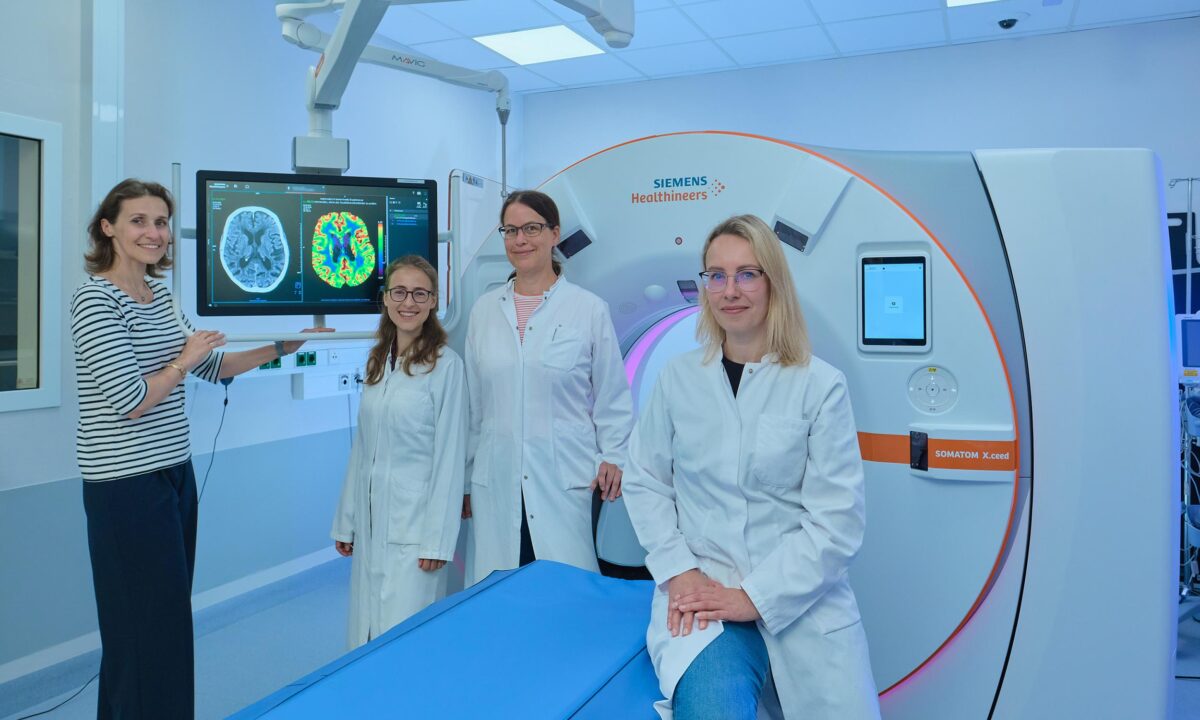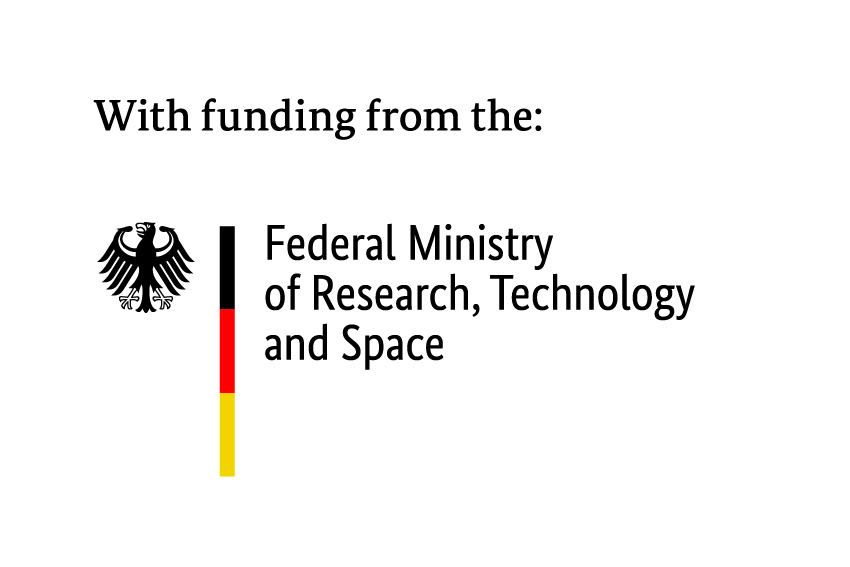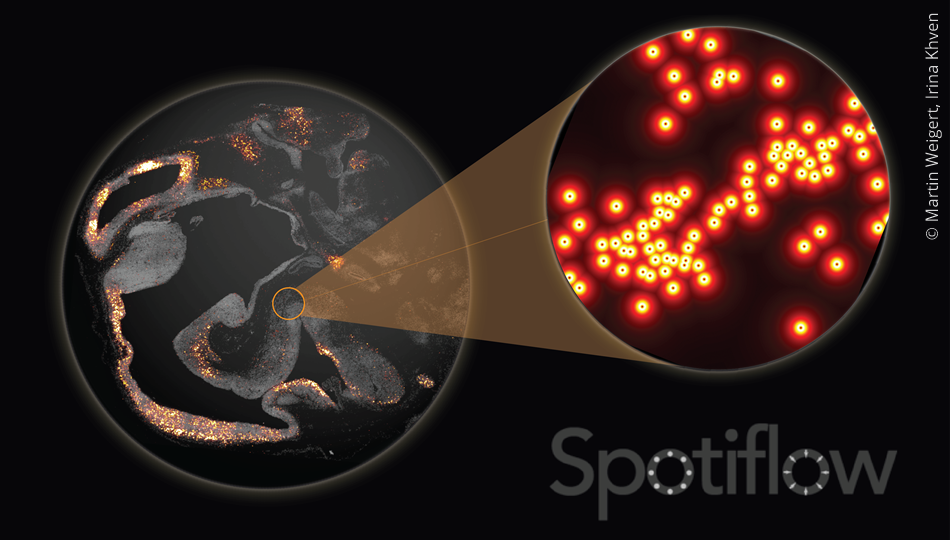
June 12, 2025
Improving Acute Stroke Treatment with AI

In the event of an acute stroke, time is of the essence. The sooner the necessary measures are carried out, the greater the chance of recovery without permanent damage. An interdisciplinary team led by UKL (University of Leipzig Medical Center) neurologist Prof. Dorothee Saur has developed an AI model that assists treating physicians in deciding whether to perform invasive therapy in acute cases. The Leipzig-based in-house development evaluates image data and clinical information, linking them to create a patient-specific prediction. This promising project has just been published in the journal Brain. It will now receive 250,000 euros in funding to be transferred to clinical application.
The Race Against Time in Stroke Diagnosis and Treatment
When patients are admitted to the hospital with a suspected stroke, it becomes a race against time. A diagnosis must be made, and important decisions must be taken, all within a short period of time. Is there a vascular occlusion in the brain? Which areas are affected? How severe is the damage, and can brain tissue be saved? Finally, what is the best treatment?
Treatment in a stroke center is required for central therapeutic measures, such as thrombectomy—the minimally invasive removal of a blood clot from a vessel. Not all hospitals have these highly specialized units. This raises the question: Is a transfer necessary? “These decisions are often made under time pressure on site by colleagues who are not always stroke specialists.” Says junior professor Cindy Richter from the Institute of Neuroradiology at UKL, describing the challenges of everyday clinical practice. “However, not every stroke patient automatically requires maximum treatment,” says the UKL neuroradiologist. It is important to decide who would actually benefit from it.
AI-Powered Prediction of Stroke Outcomes
To create a reliable basis for this, Prof. Dorothee Saur, Deputy Director of the Department of Neurology at the UKL, has developed a deep learning model for clinical decision support together with partners from the Institute of Neuroradiology and ScaDS.AI Dresden/Leipzig. Led by computer scientist Marie-Sophie von Braun, the ScaDS.AI Dresden/Leipzig team developed an artificial intelligence that can predict the extent of expected tissue damage and the success of a thrombectomy with a high degree of accuracy. The AI accomplishes this by analyzing computed tomography (CT) image data from diagnostics and linking it with clinical information.
“This allows us to make a patient-specific assessment of the expected damage and whether it can be prevented with an intervention.” Explains Prof. Saur. “Our goal in treating an acute ischemic stroke is to preserve important brain functions as much as possible. The new model helps us recognize how to best achieve this in each case.” The model was trained using around 400 cases from UKL and tested using two independent datasets from university hospitals in Leipzig and Dresden. The results have now been published in the journal Brain. The results are so convincing that the project received 250,000 euros from the Sächsische Aufbaubank for further development and clinical implementation. “As a computer scientist, I am thrilled when technically sophisticated algorithms are turned into real solutions. The close collaboration with the medical field demonstrates the significant societal benefits of interdisciplinary research,” emphasizes Marie-Sophie von Braun from ScaDS.AI Dresden/Leipzig.
Next steps in the acute stroke treatment with AI
“Our next steps will be to validate our results using additional data. Our goal is to license the application we have developed and make it available to other specialized teams for clinical use,” explains Prof. Saur. The Leipzig researchers are among the international pioneers in this field. By the end of the project, they hope to develop software that will provide support for quick and safe decision-making on mobile devices for all those involved in stroke care. “We hope to use AI in stroke medicine to speed up processes while enabling personalized medicine by assessing individual situations and potential treatment outcomes more accurately,” says Dorothee Saur, outlining her vision. We could be there in three to five years.
Publication
The publication, entitled “Prediction of Tissue and Clinical Thrombectomy Outcome in Acute Ischaemic Stroke Using Deep Learning,” was published online by Braun et al. in the journal Brain.
Link to the publication: https://academic.oup.com/brain/advance-article/doi/10.1093/brain/awaf013/7961471.
Press release by Helena Reinhardt (UKL) in cooperation with ScaDS.AI Dresden/Leipzig.






